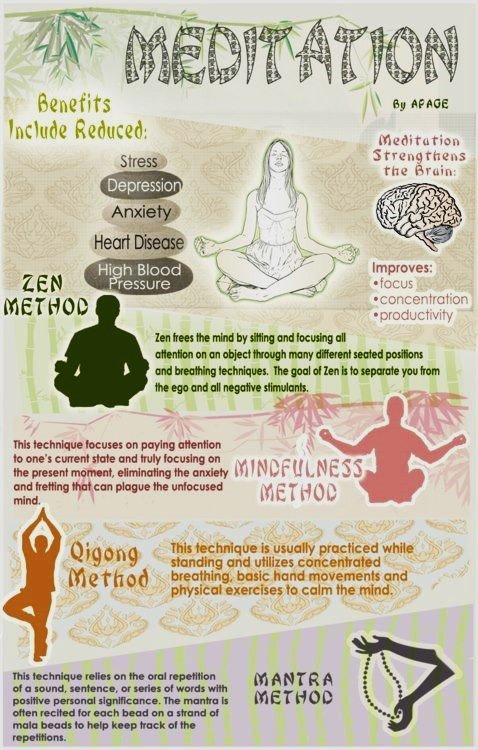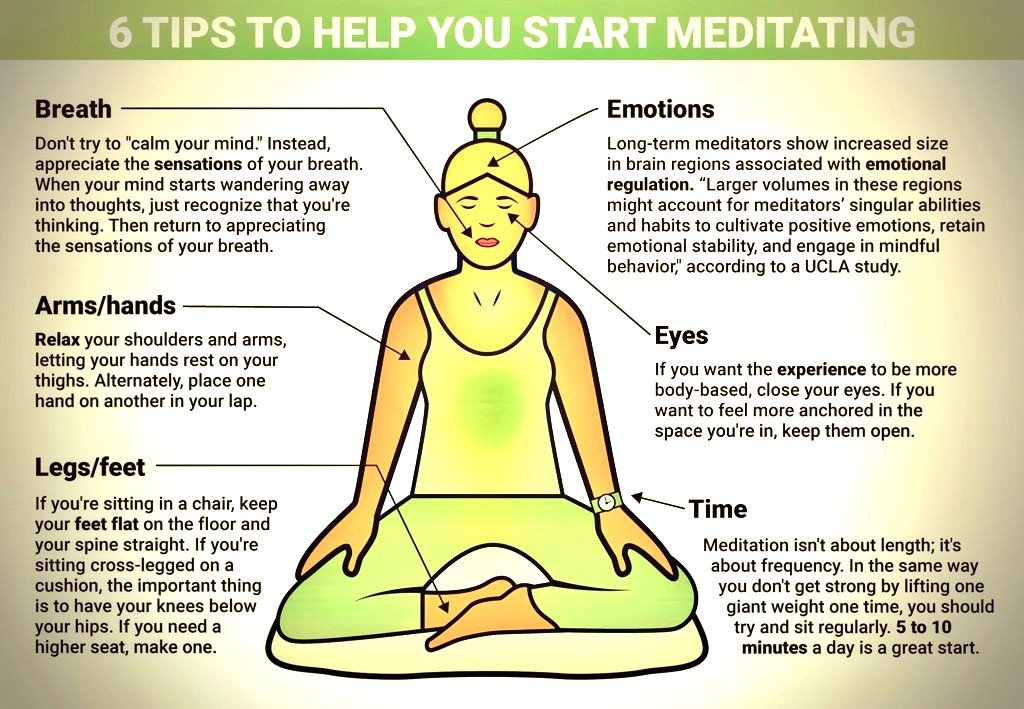Meditation and Mindfulness help realise a more balanced mind and body.
My introduction to Zen was while I was working in Tokyo some years ago, at the weekends I would take the early (4am ..) train out to Kamakura, where there are some beautiful Zen Buddhist monasteries, they begin their sessions (called “sesshins”) at 5am. I went there (to Hokoku-ji Temple) to learn the practice known as ‘zazen’, or ‘seated meditation’. It was funny as I knew no Japanese and no-one there spoke any English, but by ‘monk-see, monk-do’ I somehow got along. It was an incredible experience each time, and once the pain in the legs wore off, I began to like it; they sometimes sit for hours though, and the discipline, while a bit hard for me, as a foreigner, became easier the more I did it, in my Tokyo hotel room during the working week days.
Stepping into the long practice hall (Zendo) with a deep bow, with its darkly-lacquered wooden floorboards, the gently wafting ribbons of sandalwood incense weaving their way to the skylight above, it all felt quite moving. The sight of shaven-headed monks dressed all in black, sitting on a small round black, kapok-filled cushion (zafu) at the base of the spine, on top of a flat, black, cotton-filled mat (zabuton) was a stirring experience – it reminds you just how conditioned normal daily life is, this was very, very different. The morning light glinting on the big brass Buddha statue at one end made it look hazy, as the Head Monk rang the bell for the start of zazen. Then stillness .. facing one’s own consciousness.
I learnt both seated and walking zen meditation there, the latter carried out in their hall and in their on-site bamboo forest which was quite, let’s say, “enlightening”, well almost! It was certainly most refreshing, mid-morning. Eating meals with them was done completely mindfully, no talking or being distracted, in “gently-relaxed focus”, as they say – it meant the food tasted a heck of a lot better, for sure. They are known as Shojin-Ryori meals, translated as food of devotion: white or brown sushi rice, tofu, miso soup and pickled vegetables; together believed to bring balance to the body, mind and spirit … tho’ I must admit my spirit craved dessert afterwards.
I diligently did various tasks assigned to me around the temple and gardens (known as Samu), not seen as menial but as part of the Zen training itself (reducing, by watching, the ego) .. or so they told me! Done in the mindful mindset, which they advise and encourage, these activities can be really rewarding, and even give you a sense of elation, even in the most mundane of tasks, and this is exactly why they do it, plus working in the healthy outdoors and with others brings its own benefits. Time often seemed to stand still, or certainly became less important – which I appreciated.
I was also able to do some training at the magnificent Zen Buddhist temples in the old capital of Kyoto, which I travelled to on the super-fast and smooth ‘Shinkansen’ (bullet-train), where the Zen monasteries are even grander and more abundant, and are still running like they have for centuries; it’s like entering a time capsule; they even have Geisha in the old town. The many, carefully-maintained Zen gardens are certainly spectacular to behold; they reflect an intriguing inner, timeless wisdom.
The pictures below are from my visits to Kamakura and Kyoto.
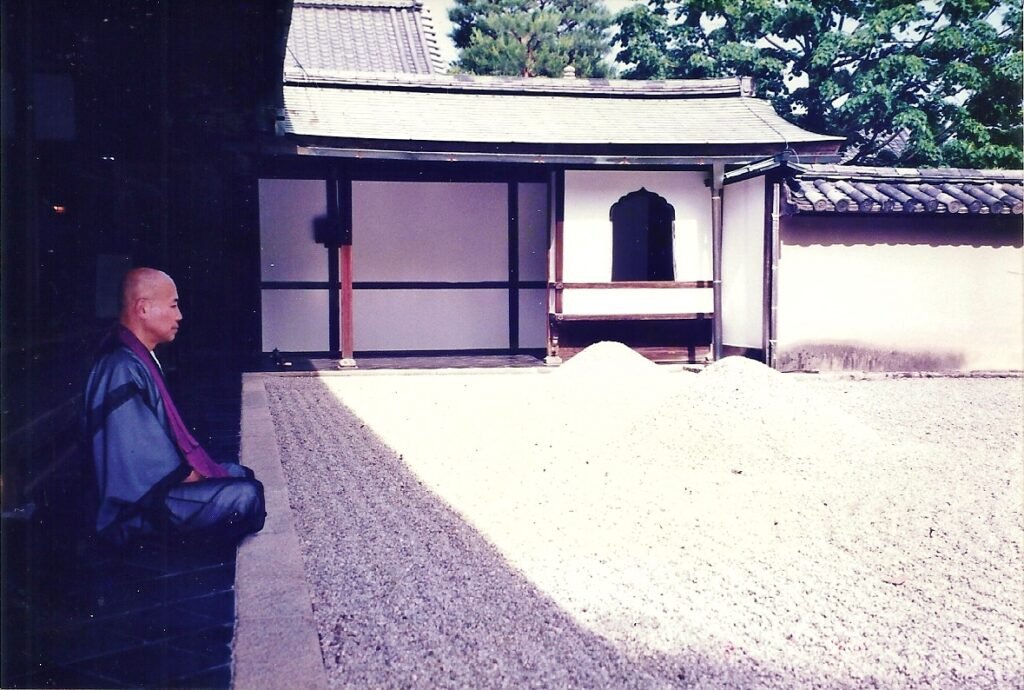

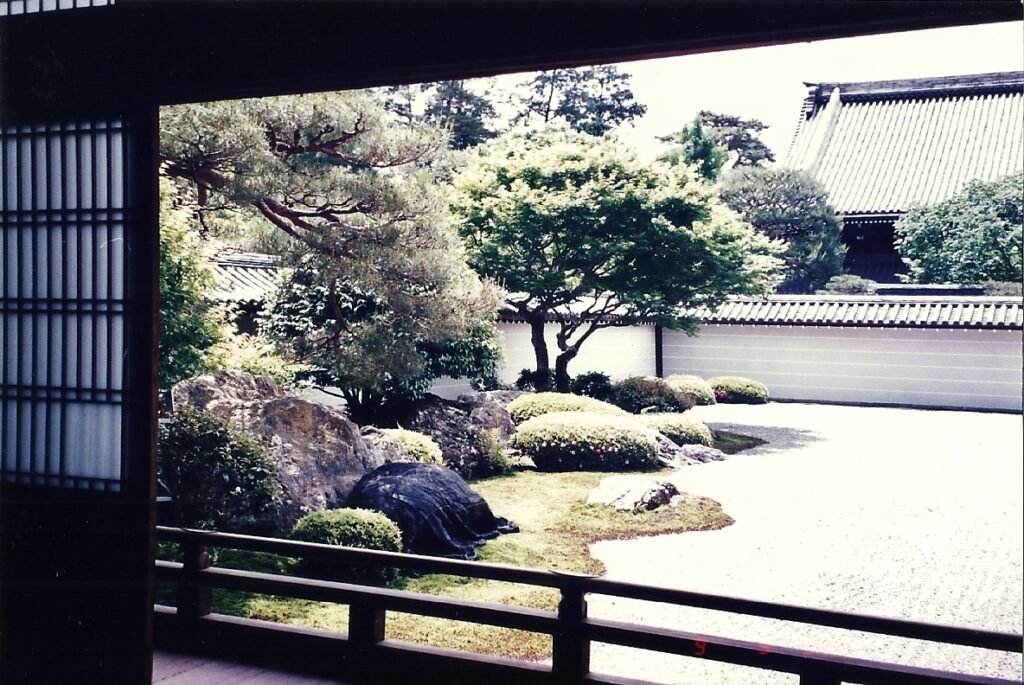
I carried this interest on later, through long-established Zen Associations in London and in Canada, learning from experienced monks and masters, balancing that with a full-on corporate career was at times a big challenge I must admit, but it felt necessary to do what I could, as it was helping me by lowering stress and gaining better mental functioning I found; thus handling the complexity and hectic pace of my career at that time that bit better.
The posters at the bottom of this page (externally sourced) explain the benefits of meditation and mindfulness very well, I think. Even if you have only 10 mins a day (4 – 5 times a week, on the floor or in a chair) then that is wonderful, benefits can show within a few weeks, as explained below. Remembering not to get frustrated if you cannot maintain the regularity you wish to, that will come in time. It should always be that simple, however very often the simplest of things are the hardest to do, we all lead busy lives, that’s quite ok though, just take it in your stride (and expect no gains necessarily, “just do”, as the Zen Masters say).
There may be clubs and small groups of people that practise together, via Zoom (and others) that you may find online (e.g. on MeetUp). Zen Meditation, being a Buddhist practice, is based more on philosophical (way of life) thinking than religious doctrine. Some 2,500 years ago, Gautama Buddha had his satorial awakening to the light of the ‘Morning Star’ (the planet Venus), as a fresh, new dawn broke across the eastern sky; so those of religious faith can practise it, and none, for health benefits.
Doing other forms of meditation can also realise these benefits of course, I only mention Zen here as it is my background and training, always explore what works best for you. Our Qigong class is secular so references to Zen meditation are not done as religious commendation, noting that Zen (and Taoism) were the inspiration for the initial development of Qigong, due to the poor health of monks at the temples as they were doing long hours of seated meditation (i.e. for health benefits); click here: ‘FAQs Qigong Shaolin‘ for more on this.
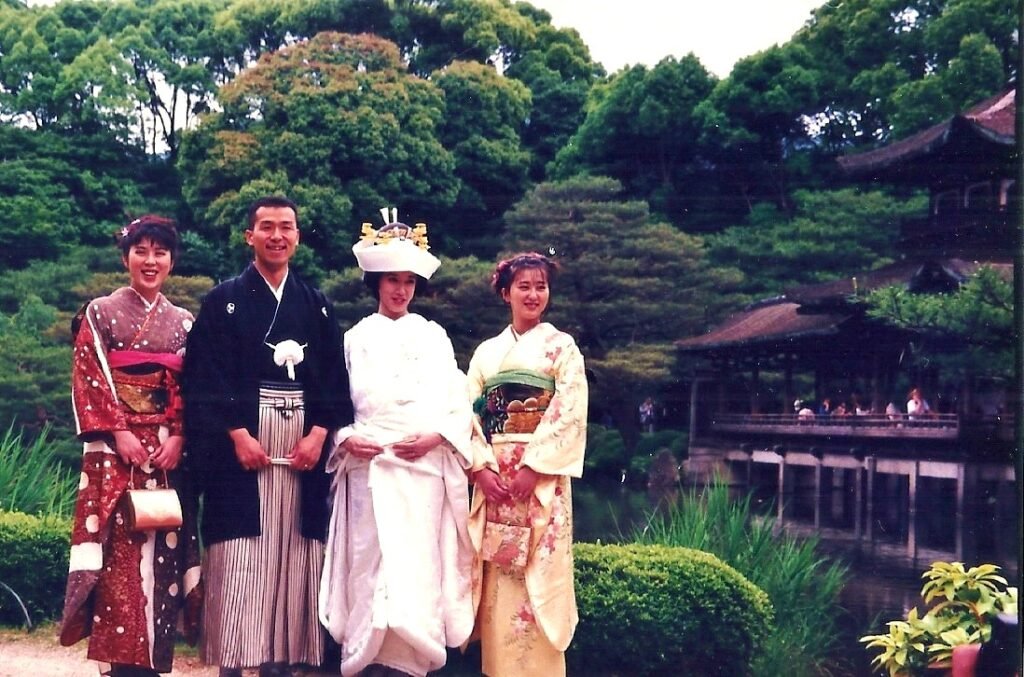
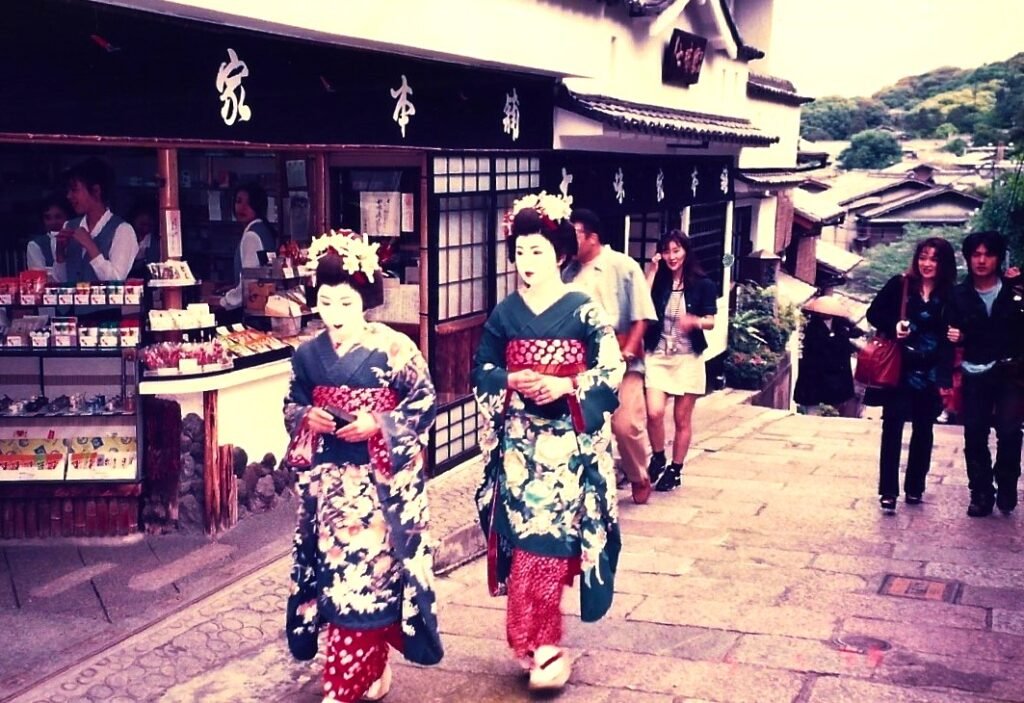
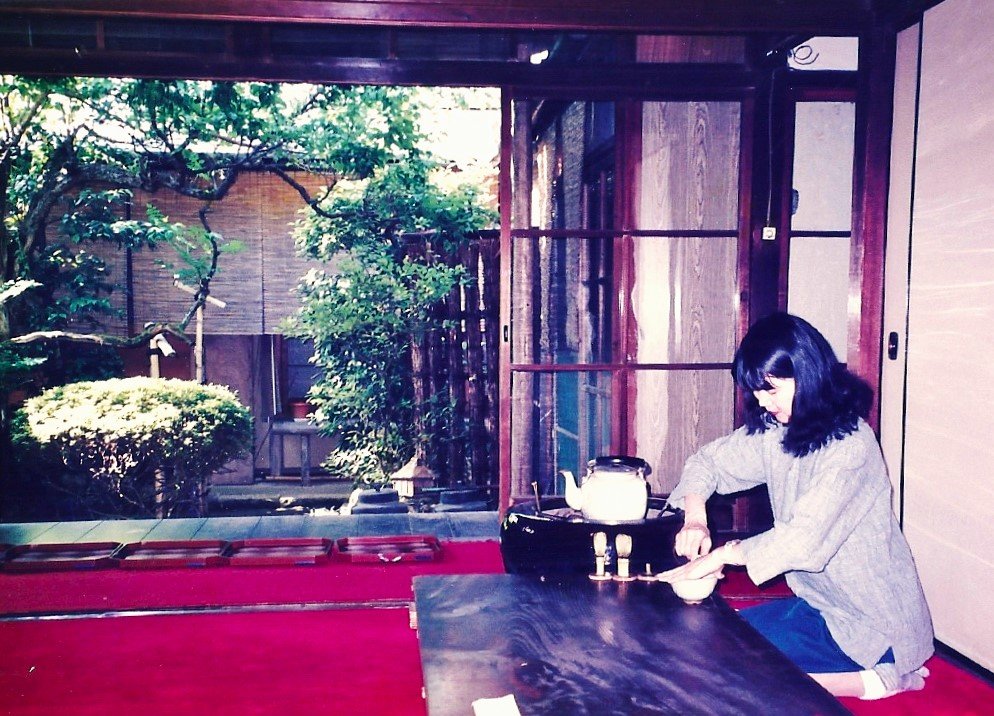
The Benefits of Meditation and Mindfulness.
Meditation and Mindfulness practices play a crucial role in achieving a balanced mind by addressing various aspects of mental and emotional well-being. By engaging in regular meditation, individuals can experience significant stress reduction. Moreover, meditation and mindfulness improve focus and concentration. By training the mind to stay present and fully engage with the current moment, these practices help sharpen attention span and cognitive skills, reducing distractions and enhancing productivity. This heightened focus is accompanied by improved emotional regulation.
A bit of history .. Mindfulness originates from the Buddha’s Satipatthana Sutra, a discourse purely on mindfulness (Sati), and the way it has been popularised in the West since the 1960’s (by the likes of Jon Kabat-Zinn*) is largely faithful to the original sutra (teaching text), adapted for the masses. It is also the foundation for contemporary (and rigorous) vipassana meditation practice. It was first popularised by the dedicated work of Vietnamese Zen poet, master and peace activist, Thích Nhất Hạnh* (of Plum Village).
Additionally, meditation and mindfulness have been linked to numerous physical health benefits, such as safely lowering high blood pressure, helping improve immune and endocrine function (into balance), and reducing chronic pain. A balanced mind, achieved through meditation and mindfulness, results in greater clarity and better decision-making. By decluttering the mind, these practices also improve judgment and problem-solving abilities, resulting in more rational and effective decisions.
Overall, incorporating meditation and mindfulness into daily life can lead to profound improvements in mental balance, including greater emotional strength and resilience, and improved focus and attentiveness to living one’s best life, through this holistic approach to nurturing both the mind and body.
(For more on Qigong and mindfulness, click here: ‘mindfulness‘).
* Links for interest in Mindfulness: https://jonkabat-zinn.com/ … and … https://plumvillage.org/mindfulness/mindfulness-practice – for Jon Kabat-Zinn and Thích Nhất Hạnh, respectively.

